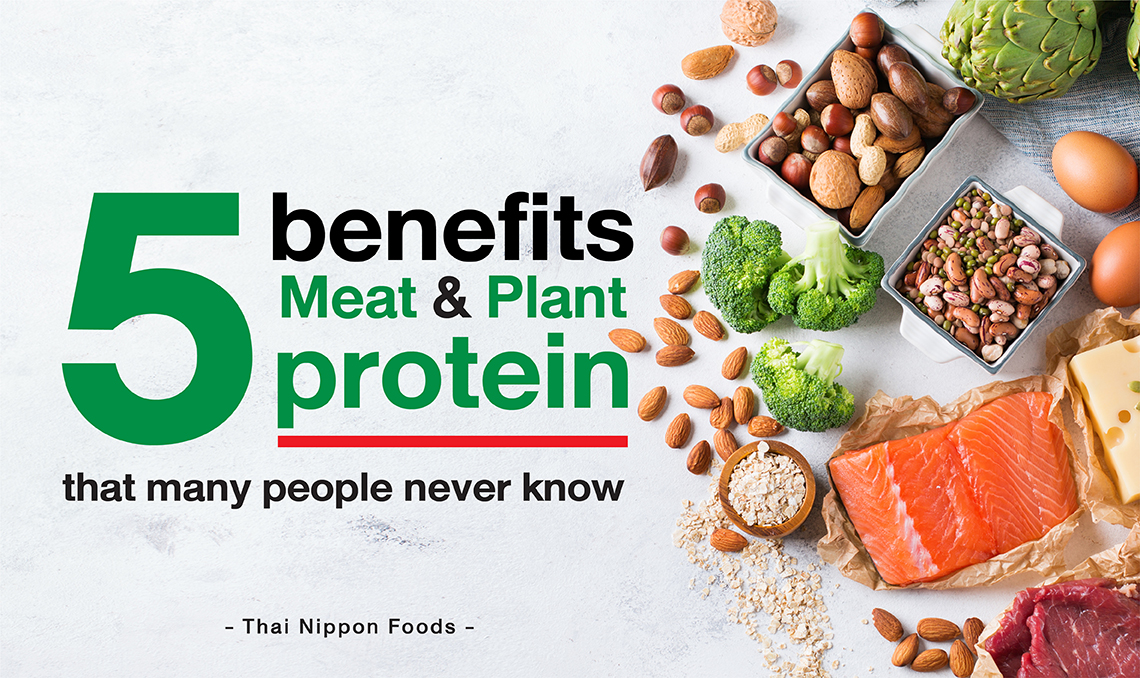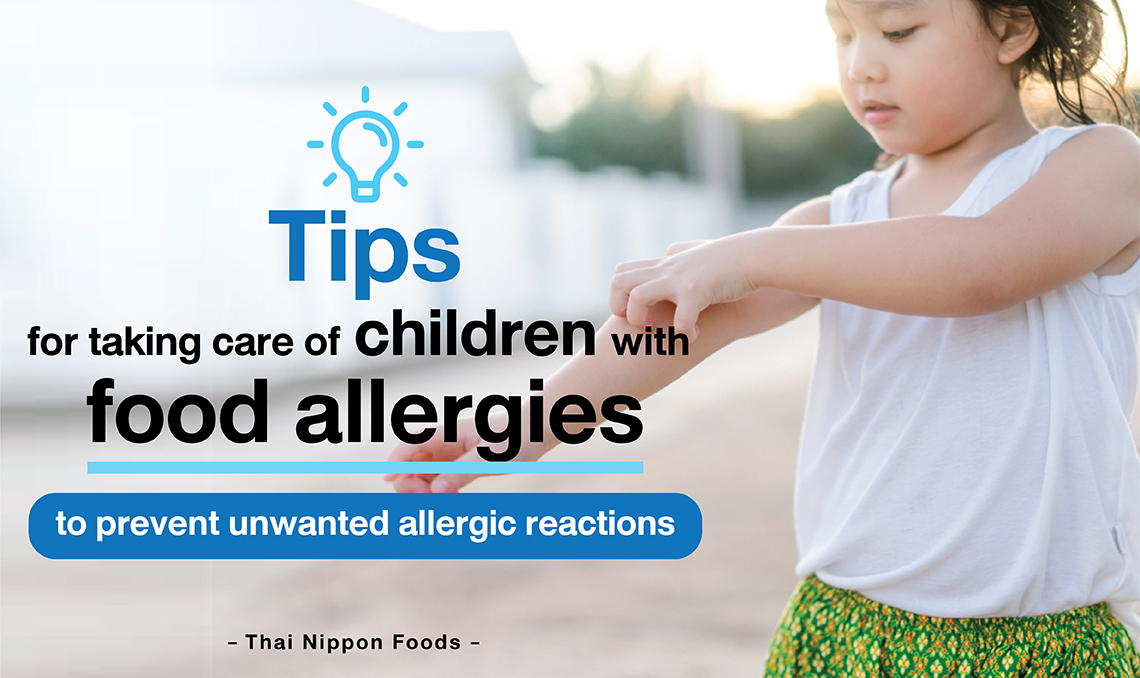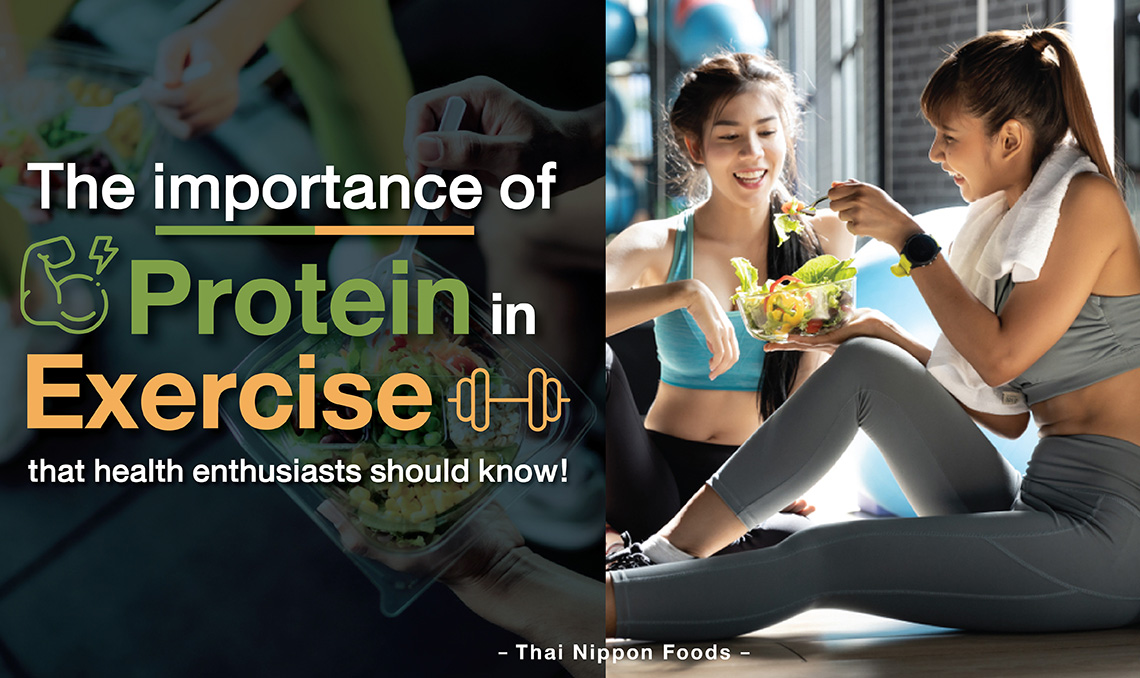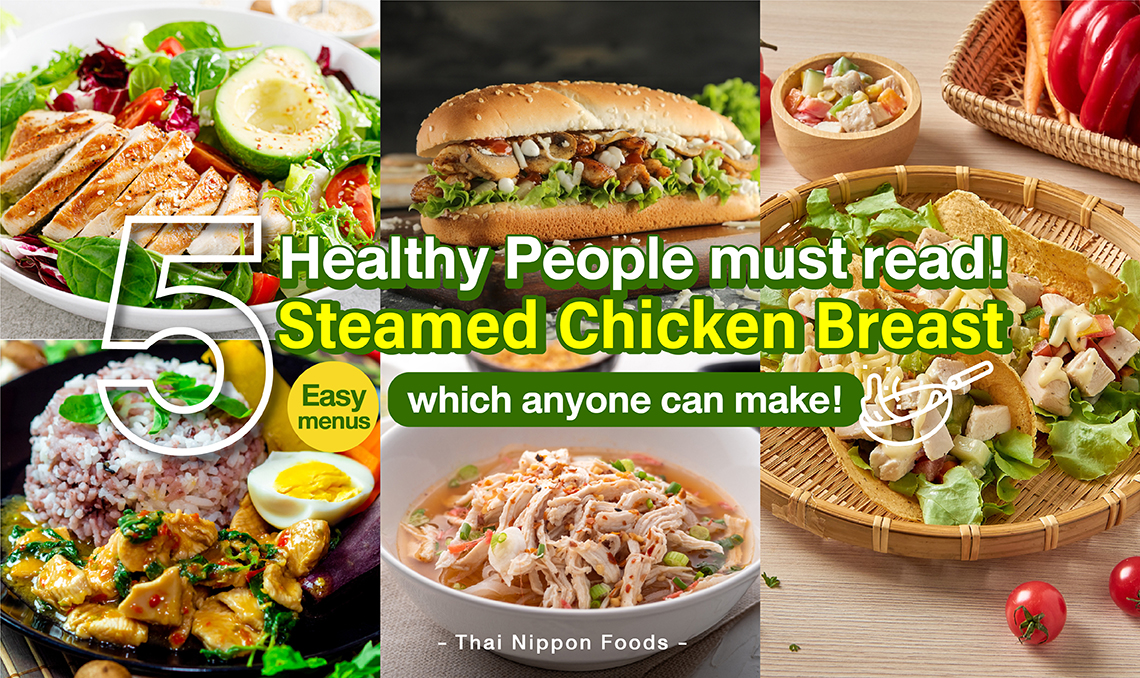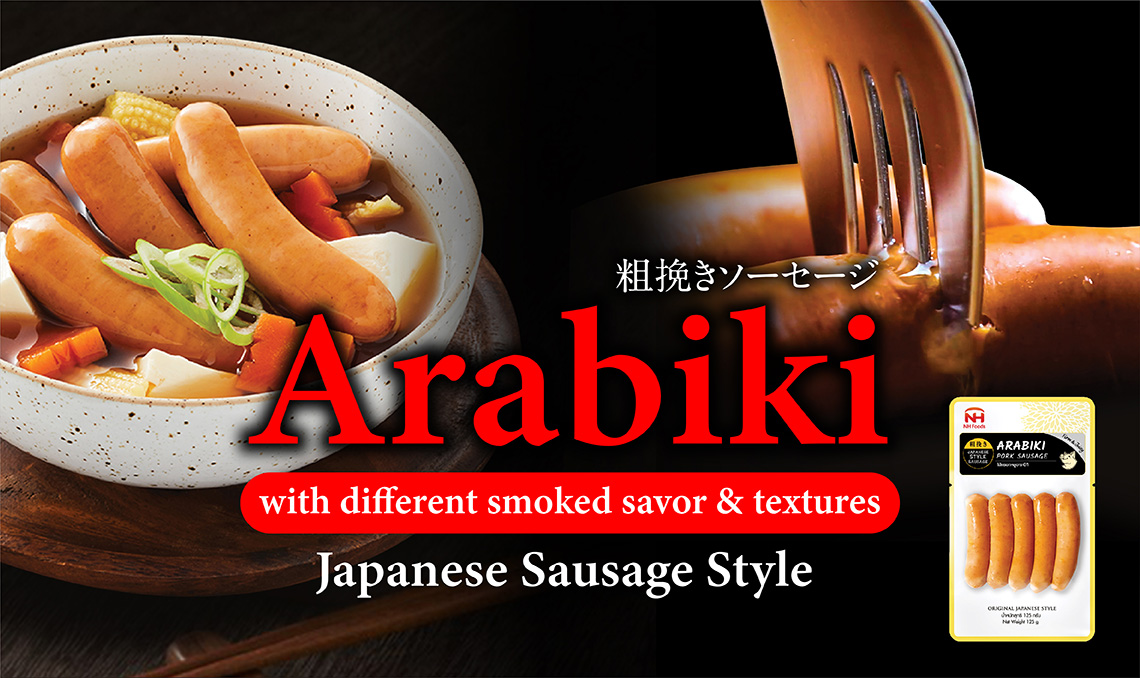Good health can be achieved by reading nutrition labels before making a purchase
Key Takeaways
- “Nutrition label” refers to a food label that displays detailed information about the nutritional content of a food product. It helps consumers make appropriate food choices, facilitate decision-making, promote healthy eating, and provide a wide selection of healthy food options.
- The process of reading a nutrition label requires a good understanding of various terms, such as serving size, servings per container, total calories, nutrients, and recommended daily percentages.
In today’s era, it is indeed easier to find and purchase various products, especially convenience foods, as their popularity continues to increase in line with the fast-paced lifestyle of people. However, many individuals may not pay much attention to reading the nutrition labels on the back of packaging, either due to not realizing their importance or finding it difficult to understand. Today, Thai Nippon Foods would like to share a guide on how to read nutrition labels effectively to ensure better understanding.
Table of Contents
What is a nutrition label?
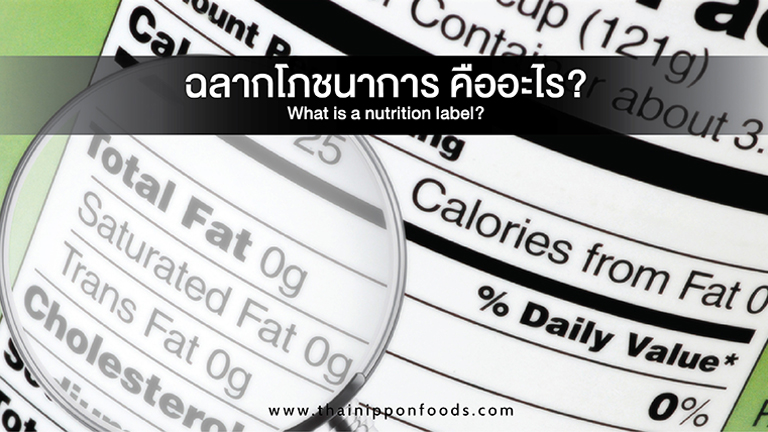
“Good Health Helper”
When we buy packaged ready-to-eat food, snacks, milk, or fruit juices to consume at home, and we see multiple lines of text on the back, that is what is called a “nutrition label.” A nutrition label is a food label that provides detailed information about the nutritional content of that specific food. It typically follows a similar pattern, with the use of specific terms and the sequence of listing the nutrients in a table format.
Reading a nutrition label may require some knowledge and understanding in order to read it accurately. If you go grocery shopping without knowing how to read a nutrition label correctly, you might miscalculate the nutrient values and end up choosing products that do not meet your dietary needs or preferences simply because of a misunderstanding. Therefore, having some knowledge and understanding is essential to ensure you interpret the information on the nutrition label correctly.
1. What are the advantages of nutrition labels?
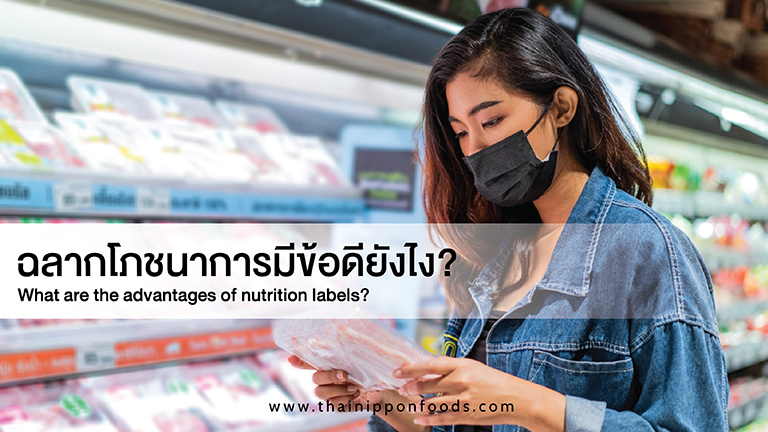
- Appropriate Food Choices: When we read nutrition labels correctly, they help us make appropriate food choices that meet our needs. For example, individuals with high blood pressure can choose foods with low sodium content.
- Easier Decision-Making: With the wide variety of food products available today, comparing prices and quantities can be overwhelming. However, knowing how to read nutrition labels makes decision-making easier. We can select foods with better nutritional value.
- Promoting Healthy Eating: Food packaging comes in various sizes, and not all products are meant to be consumed in one sitting. Nutrition labels help consumers regulate their portion sizes accurately, promoting healthier eating habits.
- Increased Availability of Healthy Foods: As more people understand and read nutrition labels correctly, it creates a demand for products with better nutritional value. This, in turn, motivates manufacturers to develop and offer healthier food options to compete in the market.
How to read nutrition labels
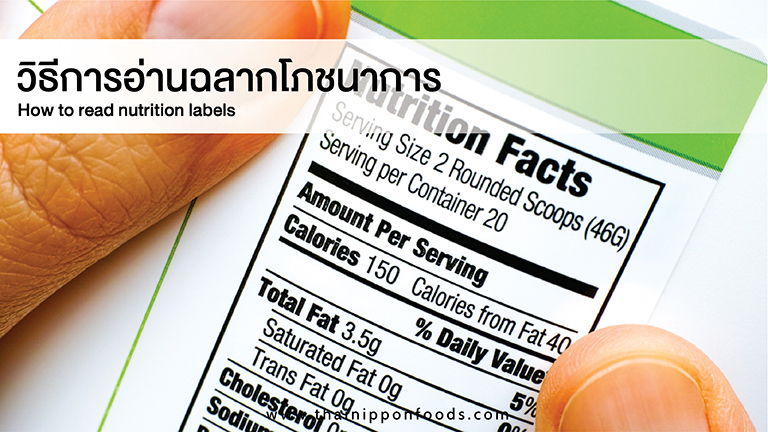
the case at all. Once we understand the basics of nutrition labels, reading them becomes quite straightforward.
1. One serving
It will be on the first line of the nutrition label. One serving means the recommended amount to consume per serving. For example, “One serving: 1/2 bag (20 grams)” means it is recommended to consume half a bag or 20 grams per serving. This will provide you with the amount of energy and nutrients as indicated in the numerical values listed on the label below. Reading this part of the nutrition label is crucial because skipping it can lead to incorrect calculations.
2. Number of servings per package
Details in the next line The number of servings per pack means the number of servings per pack, for example, the number of servings per pack : 2 means that you can eat the whole pack 2 times.
3. Calorie content
It is important to be cautious when reading the nutrition label because many people tend to misinterpret this section. The total amount of calories or energy listed represents the number of calories you will consume per serving. For example, if the total energy is listed as 130 kilocalories, it means that if you consume the entire package in one go, you will be consuming a total of 130 x 2 = 260 kilocalories.
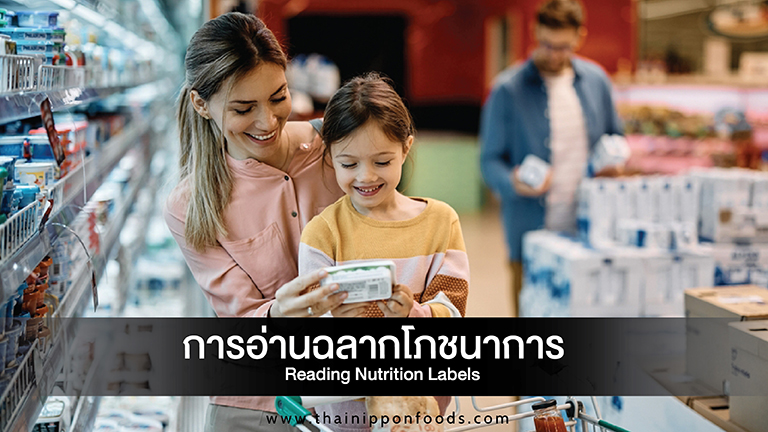
4. Nutrient content
In the next section, you will find the quantities of various nutrients per serving, which is crucial for people with health issues or those who want to control their weight. It’s important to understand this part when reading the nutrition label carefully. The details in this section typically include:
- Name of nutrients: This includes total fat, saturated fat, cholesterol, protein, total carbohydrates, dietary fiber, sugar, and sodium.
- Quantity of nutrients: It represents the amount of each nutrient per serving. If you consume the entire package, you need to multiply the nutrient values by the number of servings in the package to determine the total amount of nutrients you will consume.
- Daily Value (%DV): This indicates the percentage of the recommended daily intake of each nutrient based on a 2,000-calorie daily diet.
Reading this part of the nutrition label requires both calculation and knowledge of the specific nutrients. For example, individuals with high blood cholesterol should avoid foods high in fat, while those with high blood pressure should limit their consumption of high-sodium foods.
5. Percentage of recommended daily intake
As mentioned earlier, the values in this section are calculated based on the recommended daily intake for individuals requiring 2,000 calories per day. This can be a confusing part for many people who may not understand what quantity is considered high or low.
Here’s a simple way to read the nutrition label in this section: If the percentage is less than 5%, it indicates a low amount of that nutrient. Conversely, if the percentage is above 20%, it indicates a high amount of that nutrient. Therefore, a healthy food product should have more than 20% of beneficial nutrients and less than 5% of undesirable nutrients, such as saturated fat.
4 important points to check before buying
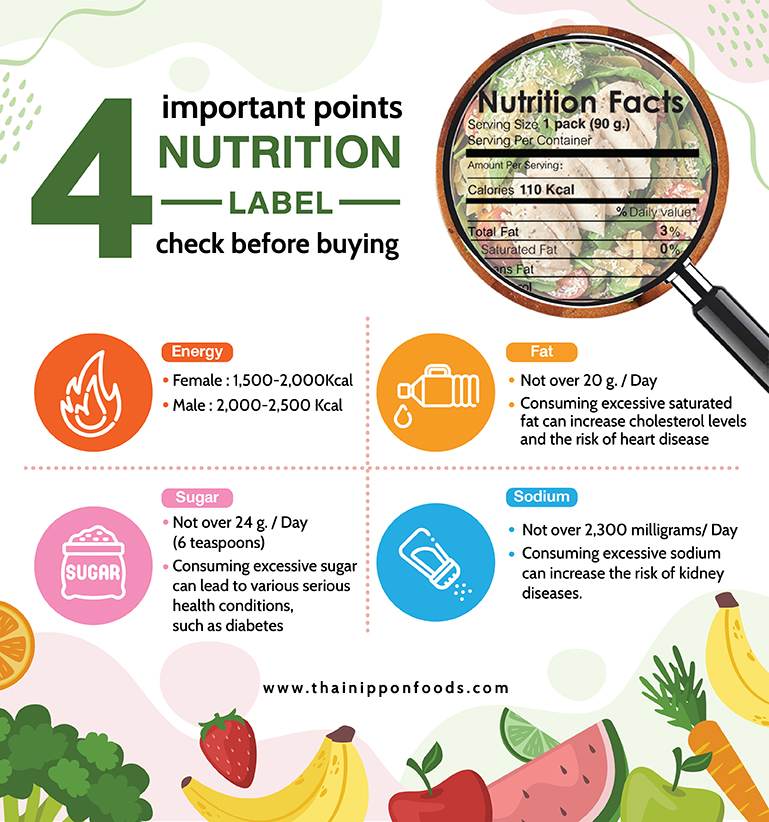
- Energy content: Look at the energy value per serving to determine how much energy is provided in one serving. This value can be used to calculate the recommended daily energy intake. For women, it typically ranges from around 1,500 to 2,000 calories, while for men, it’s usually between 2,000 and 2,500 calories.
- Fat content: Look at the amount of saturated fat and check if it exceeds 20 grams per day. Consuming excessive saturated fat can increase cholesterol levels and the risk of heart disease.
- Sugar content: In a single day, it is recommended not to exceed 24 grams of sugar, which is roughly equivalent to about 6 teaspoons. Consuming excessive sugar can lead to various serious health conditions, such as diabetes.
- Sodium content: For individuals with normal health, it is advised not to exceed 2,300 milligrams of sodium per day. Consuming excessive sodium can increase the risk of kidney diseases.
Daily nutritional information
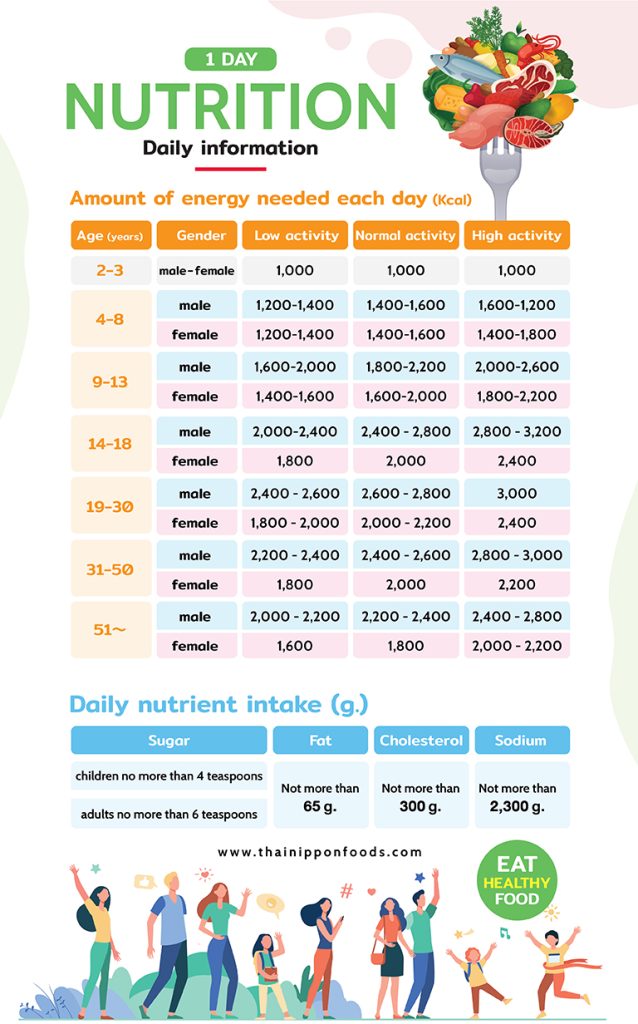
Build good health by reading nutrition labels with understanding
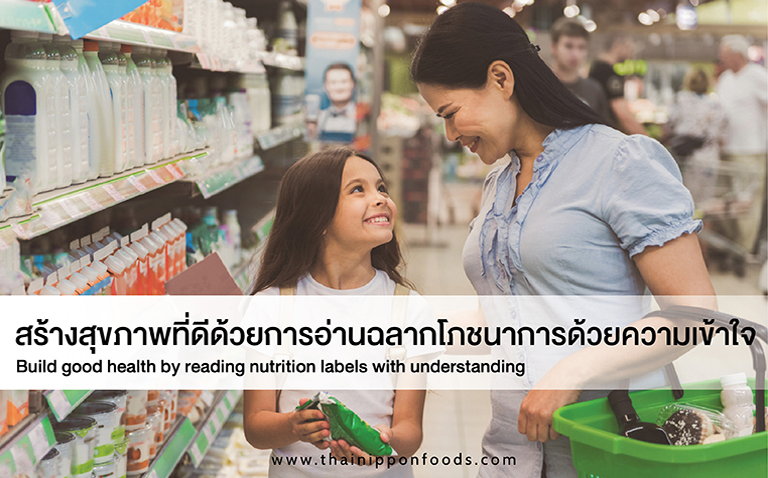
- The percentage of nutrients on the nutrition label is based on a reference daily intake of 2,000 calories. However, each person has different energy requirements depending on factors such as gender, age, and daily activities.
- A value of 0 grams for a nutrient does not necessarily mean that the product does not contain any of that nutrient. It may simply indicate that the amount is less than 0.5 grams per serving, and the labeling regulations allow it to be rounded down to 0 grams. Therefore, a statement like “0 grams of sugar” could still contain trace amounts of sugar.
- Claims such as “no added sugar” or “low fat” in advertisements do not necessarily mean that the product is always healthy. There may be other unhealthy ingredients present in the product. Therefore, reading the nutrition label is important to make informed choices and avoid being misled by such claims.
All of this is the method of reading nutrition labels before making a purchase, along with the nutritional information that each person needs on a daily basis. This should help everyone understand and read nutrition labels more accurately. And if anyone is interested in high-quality food products with comprehensive nutritional information, they can try products from NH Foods They offer a variety of sausages and flavored chicken breasts in different flavors, all produced and packaged with high quality and safety standards.
Shop for products from NH Foods
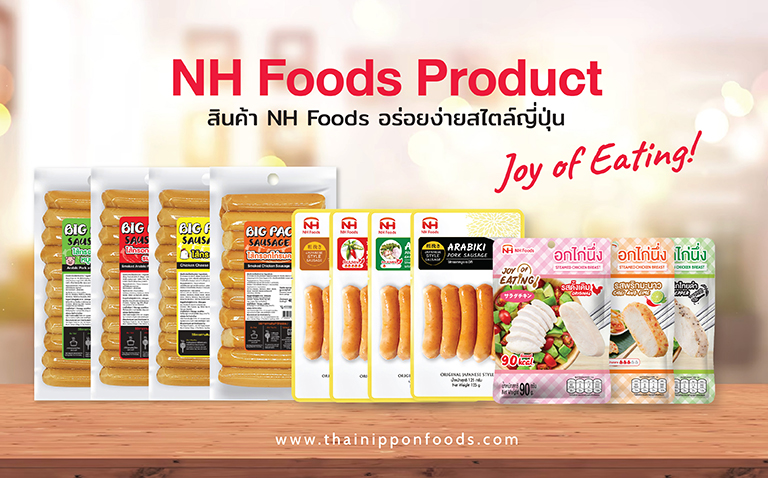
NH Foods food products can be found in leading supermarkets throughout the country, including Big C, The Mall, Tops Market, and Don Don Donki. NH Foods offers food products that are suitable for health-conscious individuals, aiming to promote the kind of well-being you desire.
More information & Promotion campaign at
Facebook : https://www.facebook.com/nhfoodsthailand
Website : https://thainipponfoods.com/
Instagram : @thainipponfoods
LINE OA : @thainipponfoods
TikTok : https://www.tiktok.com/@thainipponfoods
Youtube : https://www.youtube.com/channel/UCFcXtn8BSj60qPPh9R1xLgQ

